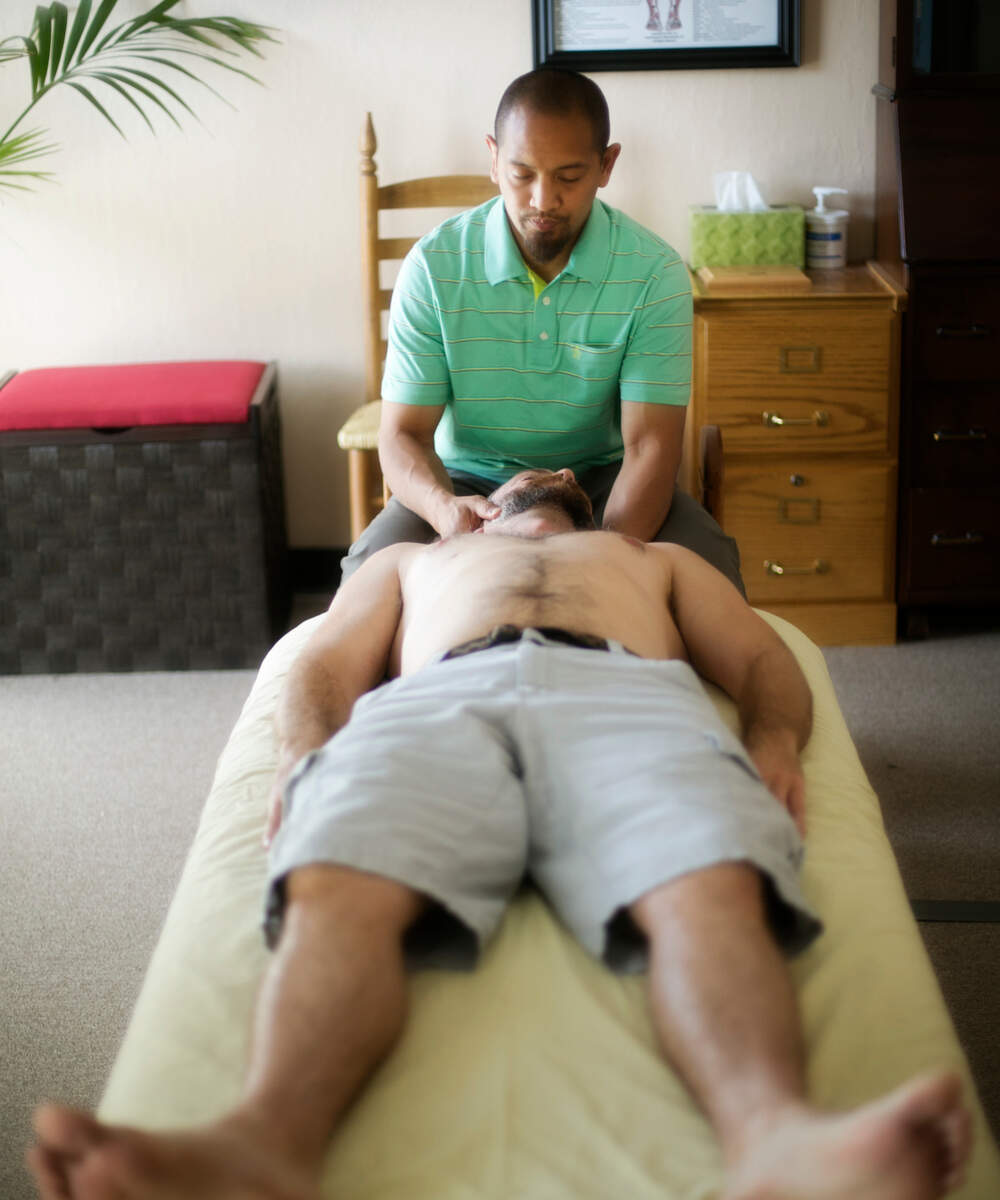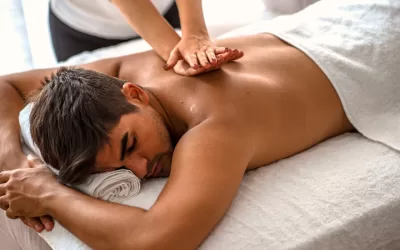Do you know what Active Release Technique is? How about what it can do for you? Many people have heard of ART, but don’t really know much about it. In this article, we will discuss what Active Release Technique is and how it can help you recover from injury and improve your overall health.
What is Active Release Technique?
This is a chiropractic sports medicine technique developed by P. Michael Leahy, who is a chiropractic sports doctor and specializes in treating muscular, tendon, ligament, fascia, and nerve pain.
Active release technique, otherwise known as ART, is a treatment modality developed by P. Michael Leahy to cure patients. Patients who are experiencing acute or chronic pain as a result of overuse, repetitive strain, or postoperative issues can benefit from this method. This approach differs from myofascial release and deep tissue massage in one significant way.
- Active Release Technique (ART) is an evidence-based practice that has been used for over 25 years.
- There are over 500 unique procedures that must be mastered before
certification.
- Certification is open to health care professionals with a license
- The upper extremity, lower extremity, and spine have three different
certifications.
The goal of the Active Release Technique (ART) is to apply very little or no pressure over the joints and nerves while focusing on soft tissue instead. This therapy for pain, particularly connective tissue, tendons, ligaments, and major muscle groups, is effective. Active Release Technique (ART) invigorates the lymphatic system by pumping joint fluid throughout the body and stimulating it. As a result of this process, inflammation is reduced.
- Get relief from pain and inflammation
- Reduce recovery time
- Improve mobility
- Maintain a healthy lifestyle
What Is the Difference Between Active Release Technique and Other Soft Tissue Treatments?
Because it targets the underlying problem that causes pain and helps to break up existing adhesions, the Active Release Technique (ART) differs from massage therapy and stretching. Stretching can prevent adhesions from developing in the first place, but it will not treat scar tissue that has already formed. This does not imply you should stop stretching altogether; instead, it implies that you may need more focused methods to heal or alleviate chronic discomfort.
- ART vs. Massage Therapy: By improving circulation and reducing muscular tension caused by chronic stress, massages work to alleviate pain. They may sometimes reduce discomfort by decreasing trigger points in your muscles; however, they seldom have a significant impact on adhesions or restore tissue function past a certain point of injury. Active Release Technique (ART) is similar to deep tissue massage or myofascial release in that it is more focused and custom-made for the patient.
- ART vs. Graston Technique: GRASTON is a type of soft tissue mobilization approach that works similarly to the Active Release Technique (ART) because it targets adhesions. It helps to break up fibrous muscular scar tissue, boost blood flow, shift bodily fluids, and alleviate pain or muscular tightness. Graston is one of the few methods in which pressure is applied to the patient over a long period. Graston is also a patented technique that only trained professionals, such as athletic trainers, chiropractors, hand therapists, and occupational and physical therapists, can use.
- ART vs. Dry Needling: Dry needling is a treatment that many skilled physical therapists utilize to treat myofascial pain and nerve or spinal injuries. The difference between this technique and others is that it employs a “dry” needle. The dry needle is pushed into trigger points in muscle tissue that cause pain to be dispersed outward, according to the American Physical Therapy Association. This helps to disrupt “motor endplates,” where nerve impulses are sent to muscles and pain is felt, as well as other effects. Dry needling is frequently used in combination with other therapies such as stretching and physical therapy to enhance the range of motion while reducing pain.
- ART vs. Structural Integration: Structural Integration is a brand name for soft tissue manipulation and movement techniques that aid in the recovery of correct posture and myofascial tissues. Structural Integration is a form of bodywork that uses deep hand motions similar to deep massage to work on the connective tissue down to the bones. It’s frequently used to boost spine health and decrease muscular tension, tiredness, pain, or strains resulting from stress and bad posture.
- ART vs. NeuroKinetic Therapy (NKT): NKT is a form of corrective mechanism that utilizes muscular memory to cure postural issues and discomfort. The motor control center (MCC), a component of the cerebellum in the brain, is targeted by NKT practitioners first, who identify where muscles are misbehaving. The MCC is in charge of coordinating all body movement patterns and learns to control the muscles through trial and error. The MCC can be “reprogrammed” so that new, more beneficial functional movements are learned.
How Would Athletes Benefit From Active Release Technique?
Athletes are prone to a wide range of repetitive strain and stress injuries. Muscle restrictions due to adhesion formation occur as a result of intense training, resulting in a slew of ailments. Inflammation and edema of soft tissue are common outcomes of repetitive motion, constant tension, and pressure. The body responds to inflammation by creating scar tissue (cross fibers across the tissue) in an attempt to stabilize the afflicted region, which results in the following issues:
- With a restricted range of motion, you’ll need to put out more effort and place strain on your entire body.
- Overworking muscles and restricting circulation
- Inhibition of nerve function, reducing reaction time and performance
- Chronic friction and strain, resulting in a potential future injury.
Even though physical training factors can be modified, the biomechanical restrictions that have been created in the athlete’s body are seldom addressed. These factors lead to future injuries and inhibit the athlete from reaching his or her full performance potential.
Active Release Technique (ART) may boost an athlete’s performance in the following ways:
- Heals a lot faster
- Treats the underlying problem.
- It helps to prevent future injuries by reducing the amount of strain on your body as you age.
- Improves athletic performance
Active Release Technique is not a cookbook approach to treating a non-specific health concern. Treatment plans are tailored to the individual requirements of each athlete.
Last Thoughts
- The soft tissue manipulation procedure known as the Active Release Technique is used to break up scar tissue, also known as adhesions.
- It helps to prevent injuries, increase range of motion, improve flexibility, reduce discomfort, and speed up recovery in athletes.
- Active Release Techniques is a trademarked, patented technique that uses more than 500 motions performed by trained professionals who may be found through the Active Release Techniques website.
Are You an Athlete Experiencing Pain But Don’t Know Where to Turn for Help?
Beyond Ergonomics gives athletes and desk professionals answers to their pain problems. Body imbalances, repetitive use, and lack of movement are the cause of many injuries and pain. Beyond Ergonomics helps you discover your imbalances and create change. MedicinEvolution’s purpose is to reduce pain and other symptoms that you haven’t had luck with. MedicinEvolution Bodywork Beyond Massage is the solution for many problems plaguing your body. Make your appointment today!





